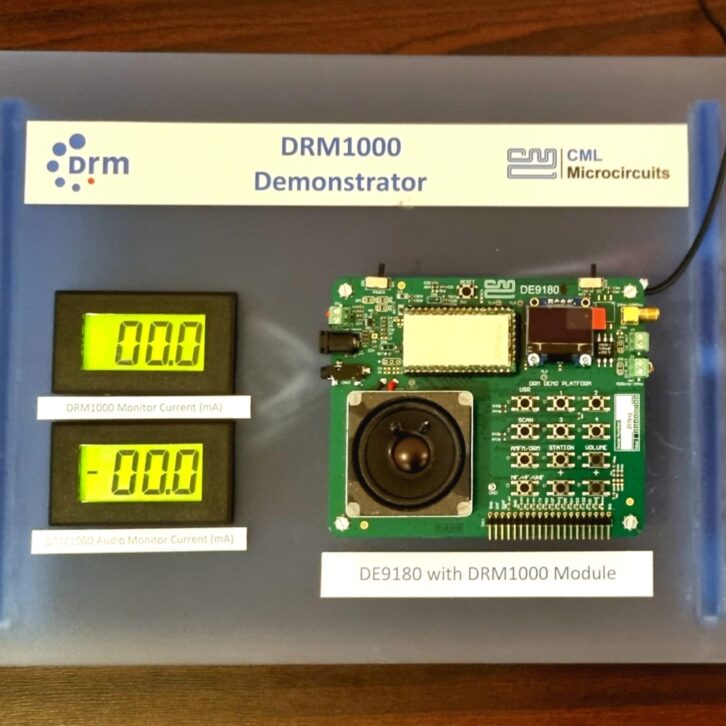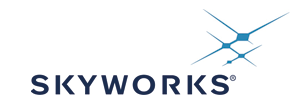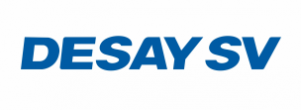Radioworld.com has published the chairman of the DRM Consortium’s article which can be found here: https://s.drm.org/1Icv
This was the conclusion and feeling of the in-person and Zoom participants in the Digital Radio Mondiale Consortium General Assembly, held on the sunny island of Mallorca Spain.
Who Uses DRM?
The sky was blue and the boats were swaying in the harbor, but the participants from countries as far apart as India, Brazil, Denmark, South Africa — and other African countries like Egypt, Indonesia, Hungary, Germany and the UK — had other fish to fry.
They wanted to know about DRM in India, where more pure DRM hours are being carried, including dedicated content like news and cricket. More MW transmitters will be inaugurated there, but the decision for the FM digitization is still pending. Last year, Ernst & Young consultants concluded in a study for the I@B Ministry that radio digitization is not only technically beneficial, but also financially. “Digital Radio can help grow the Radio Segment in India by three times over five years.” The local automotive industry, with almost six million new Indian cars equipped with DRM radios, is also very interested in the decision. The big Indian and international car brands, eying a return on their huge investments, are ready to quickly software upgrade the existing DRM AM receivers to digital DRM FM.
The interest in the extra benefits of DRM, like the Emergency Warning Functionality and distance learning possibilities, which is growing in India, is already a reality in Indonesia. The public broadcaster Radio Republik Indonesia (RRI) proposes the procurement of transmitters for 52 disaster-prone locations in 2024 as a national priority. For now, key representatives of the relevant Ministry mentioned with pride in Palma that the existing five DRM for FM transmitters are capable of carrying disaster warnings perfectly and without any interference. Indonesia is finalizing now the draft countrywide spectrum plan for the terrestrial digital sound broadcasting following trials and meetings with all the stakeholders. The policy due this year has a simple mandate, according to the Indonesian GA participants: “Radio industry seeks ‘ubiquitous’ service reception using any approved available technologies.” We certainly liked the word ‘ubiquitous,’ as what better standard than DRM to give full coverage to the 17,000 Indonesian islands.
According to the Pakistan representatives, his country has no doubts about the best standard for his country: DRM in all frequency bands, adopted already and with a roll out plan now dependent on finances. The Cabinet has approved the installation of 1000 KW medium wave transmitter and the full plan envisages the distributions of free-cost receivers to media, social and political people in the relevant areas. A request has also been made to the Ministry for Industry to make it obligatory for car manufacturers and smart phone manufacturers to equip cars and smart phones with DRM receivers.
As we were absorbing all this, our colleagues from Nepal announced as a surprise that, on that very first DRM GA Day, their first DRM for FM transmitter was finally on air in Kathmandu. So, the India DRM ripple effect is strong in Asia. And the official Indian request to equip mobile phones with FM is another good and easy path for DRM in FM introduction. DRM interest is also growing again in Latin America and is much stronger in Africa.
One conclusion of the General Assembly guests was that, seen from a different angle than the American-Western Europe viewpoint, AM and its digital improved variety with the DRM standard is still necessary. And the digitization of radio, for too many years in the shadow of TV digitization, is finally gathering speed in the developing world. It does not mean that there is no awareness of the power of IP, podcasting, the coming of 5G and the potential of AI, but needing information, education and emergency warnings over free-to-air DRM radio is a necessity in many party of the world.

Stable DRM Allows for Extra Developments
Another conclusion was that the vast data possibilities of DRM are getting increased attention. The German DRM group is exploring the idea of distributing terrestrially high-date rate services for critical infrastructure (like power stations, hospitals etc. in case of emergency – flood disaster, earthquake or other).
The idea of a multi-channel DRM solution — presented by RFmondial for broadcasters — combines DRM and FM broadcasting from one tower without the near-far issues, as equal power can be implemented in adjacent channels; and it certainly captured the interest of GA participants. Getting up to six blocks and 18 channels in 600 KHz, or a mixture of DRM and FM, means that the power level of each DRM signal can easily be adapted to the target coverage area and the multi-channel solution can also offer options for individual SFN.
DRM is versatile, flexible and spectrum and energy efficient — so much more so than classic radio broadcast. One major news announcement came from Fraunhofer IIS: ATSC is considering the adoption of DRM as the official framework for full-featured radio services on the ATSC 3.0 digital TV platform, for the benefit of broadcasters and listeners alike.
Another first: The monitoring program of DRM transmissions on low-cost receivers has been adopted in Europe by BBC World Service.
Receivers — Are We Already There?
The introduction of the latest solutions from companies like CML/Cambridge Consultants, Starwaves or Gospell, chipsets from NXP and solutions from Inntot, OptM (the latter both Indian companies) and Fraunhofer IIS proved one thing: There are solutions for DRM in both AM and FM, for new and used automobiles, cellphones and standalone receivers — most with all the DRM features already ready to be used for audio and text, emergencies and distance learning. The variety and options were clearly a good 2023 statement. Their cost is already lower and will tumble when serious, substantial with orders are made. Worth mentioning here is the CML/Cambridge Consultants new and cost-effective receiver module delivers 10 to 12 hours of playing time from a 1200mAH rechargeable battery, or 10 mins of “wind up” for 10 hours of entertainment. Gospell also delivers pocket size receivers. And Starwaves has included not only all radio bands but also a Wi-Fi hotspot, essential for the distance education project led by UK based Encompass Media Services (and other Consortium members) in Western Africa.
DRM General Assembly — Just Good News?
Such an event is always an occasion for celebration and putting forward the best. This time the new developments announced made DRM feel real, demonstrable and on the cusp. In the words of one of the Indian participants, there is an increasing conviction that “DRM is the only one standard which provides in a cost-effective way not only more audio but also value-added services to international, national, regional as well as local listeners.”
This does not mean that there are not serious challenges to digital radio DRM. One is time itself.
While automotive manufacturers seem to edge out radio from the dashboard, AM has become so controversial and radio budgets are so drastically being cut, the fight for digital radio is fiercer by the day. At the end of a very successful General Assembly, armed with so many new ideas and decisions, DRM is prepared and ready.


















